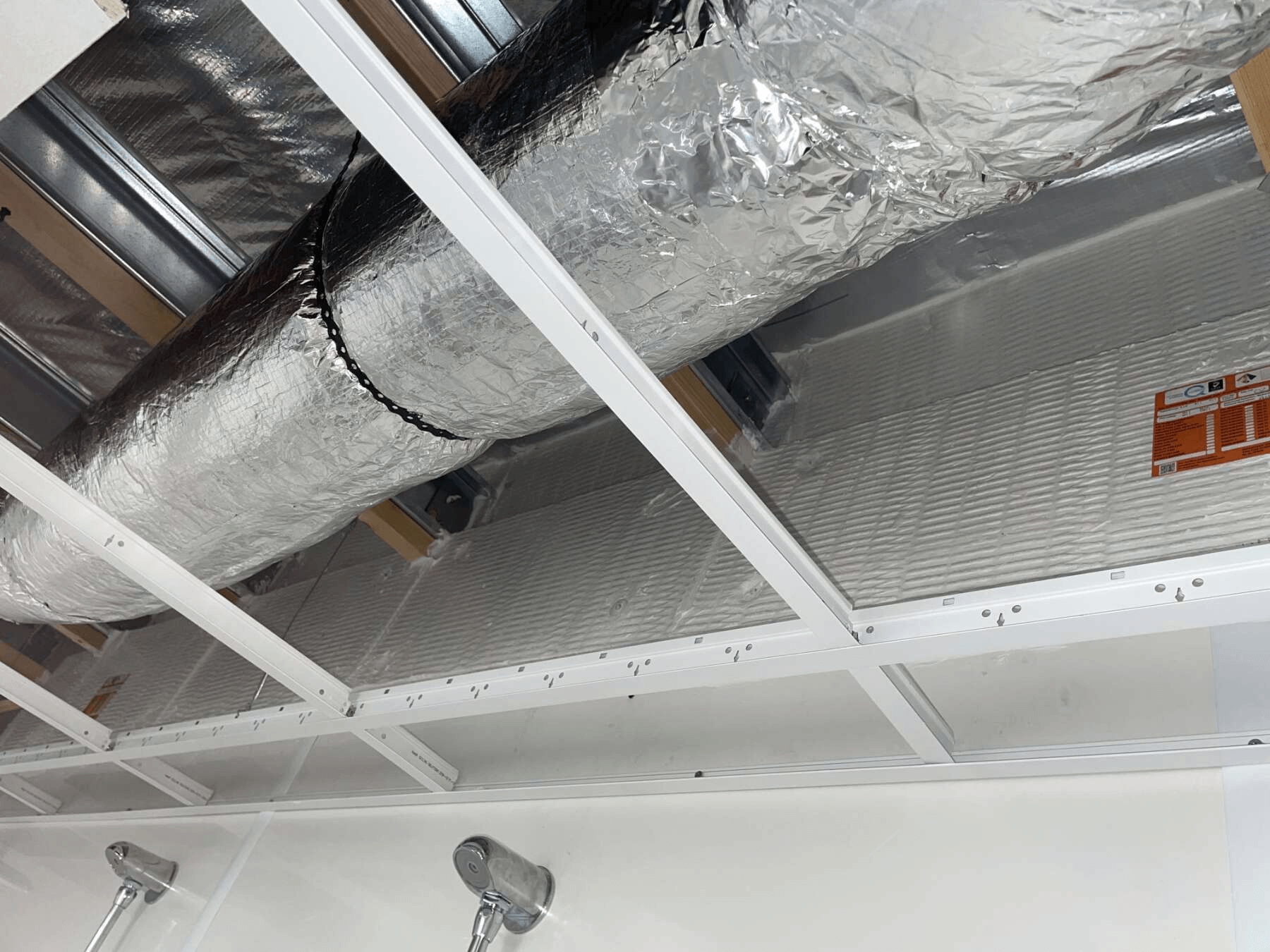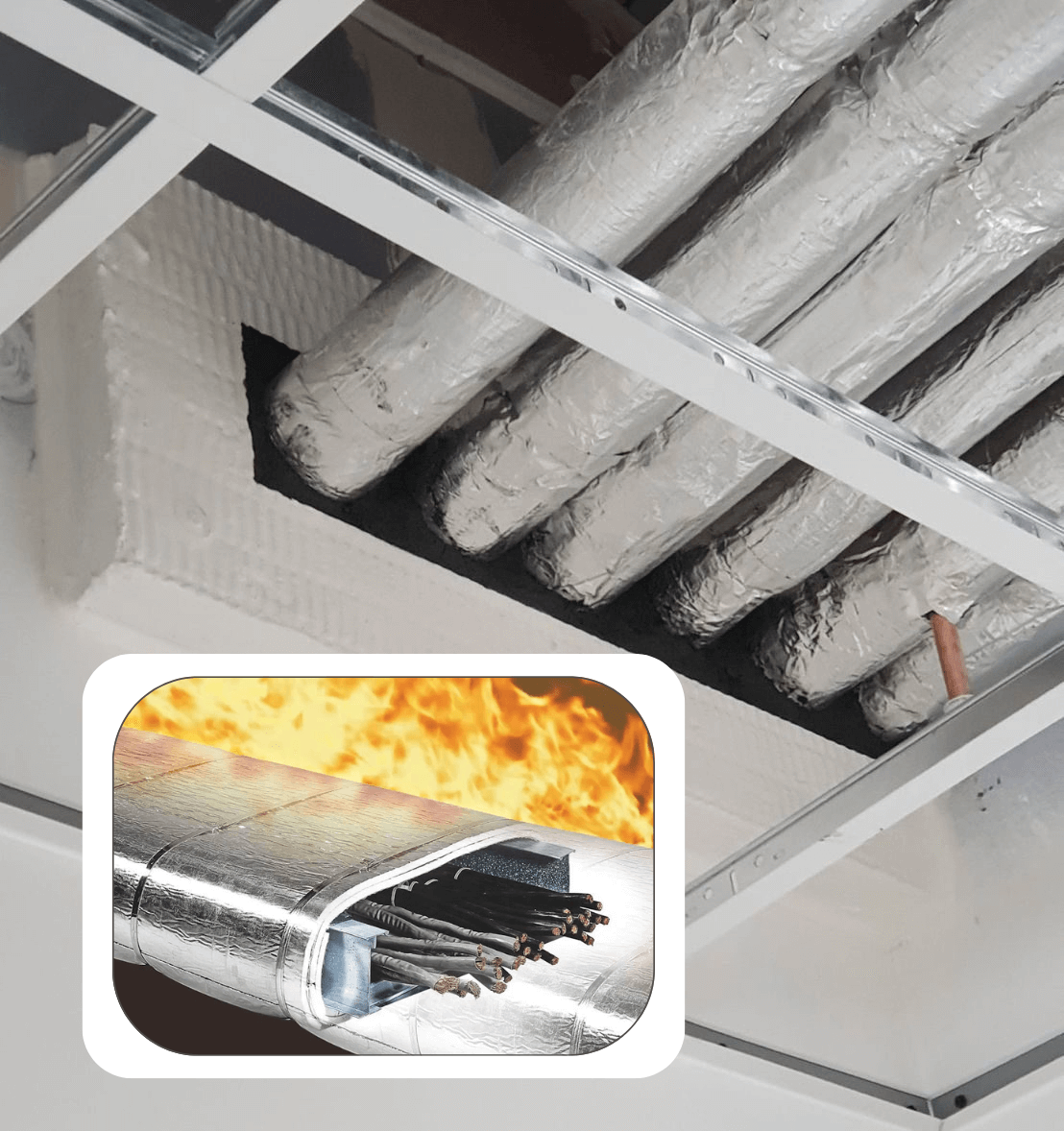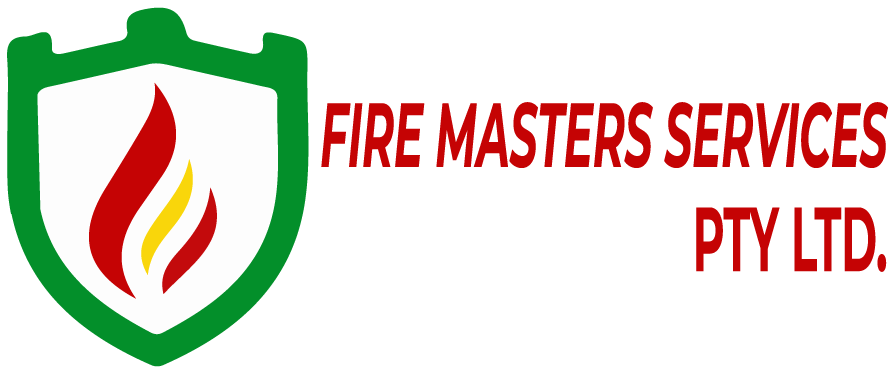Safeguarding Lives Through Passive Fire Protection
GET IN TOUCH
Core Elements of Passive Fire Protection
Compartmentalization
Compartmentalization is a foundational principle of PFP. It divides a building into fire-resistant sections, effectively creating barriers that confine flames and smoke to specific areas, preventing widespread damage and allowing safe evacuation.
Fire Doors and Barriers
Specialized fire-rated doors and barriers are engineered to withstand high temperatures. These installations stop the spread of flames and smoke, securing evacuation routes and critical spaces.
Fire-Resistant Materials and Coatings
Buildings equipped with fire-resistant walls, ceilings, and coatings are better equipped to withstand the impact of fire. These materials are integral to maintaining structural integrity and slowing fire damage.
How Passive Fire Protection Works
- Contain flames to prevent further spread.
- Safeguard structural stability to avoid collapse.
- Protect evacuation pathways to facilitate safe exits.


Benefits of Passive Fire Protection
- Enhanced Life Safety: By limiting fire and smoke spread, PFP ensures safe evacuation for occupants.
- Property Protection: Minimizes fire-related damage to property and infrastructure.
- Regulatory Compliance: Meets and exceeds building codes and fire safety regulations.
- Long-Term Value: Durable, low-maintenance solutions that provide continuous safety.
Fire Masters: Your Trusted Partner for Passive Fire Protection
Expert Installation & Maintenance
At Fire Masters, we specialize in installing high-quality passive fire systems, including fire-resistant barriers, fire doors, and compartmentalized zones. Our experienced technicians ensure every component meets industry standards and regulations.
Inspections and Certifications
We provide detailed inspections and certifications to guarantee your building’s passive fire systems are compliant and fully operational.
Repairs and Upgrades
Our team offers repair and upgrade services to maintain the effectiveness of your passive fire protection measures, ensuring they stand the test of time.
